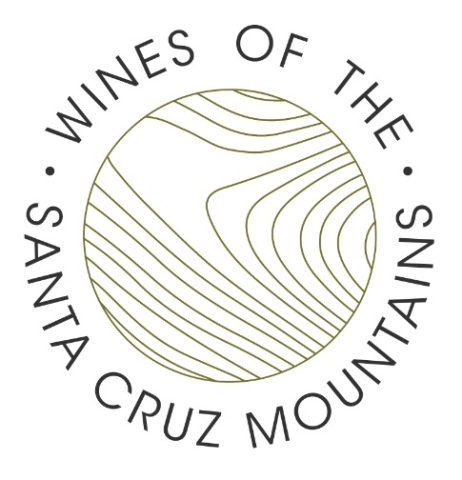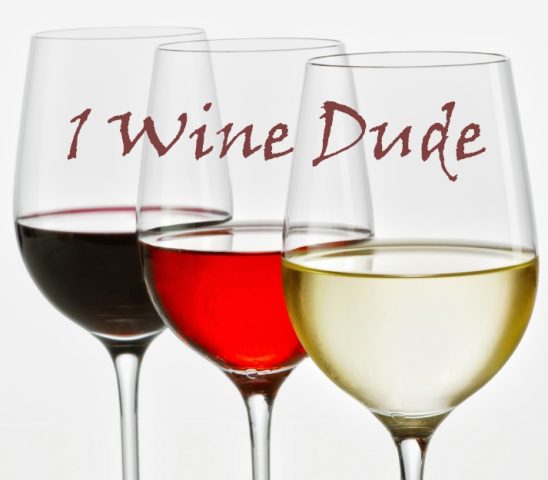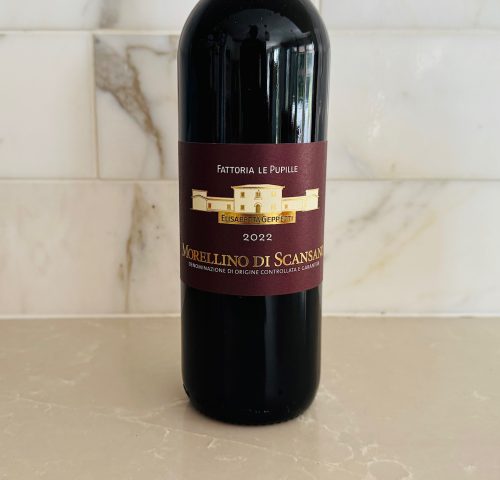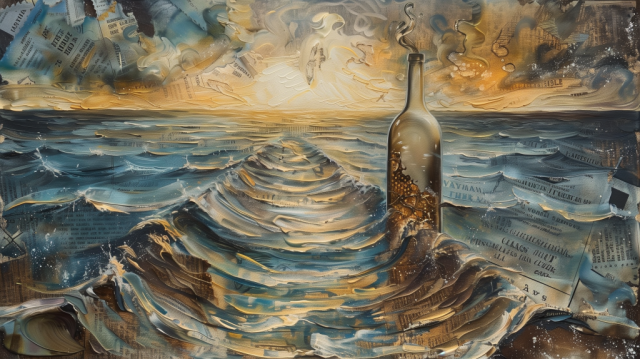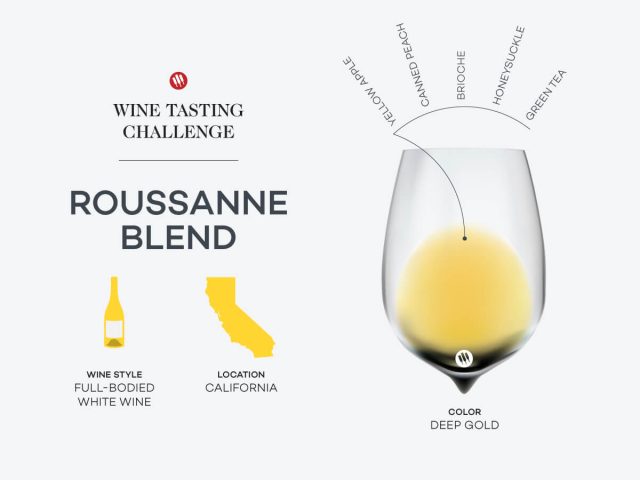We Told You So (Wine Media’s Day of Reckoning Is Here, and Can We Fix It?)
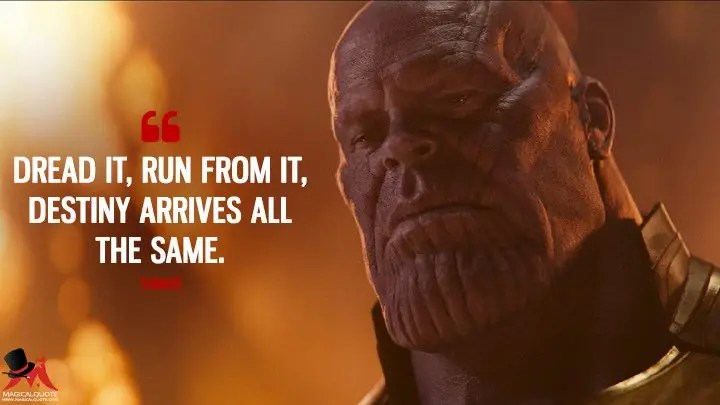
“I know what it’s like to lose. To feel so desperately that you’re right, yet to fail nonetheless… Dread it. Run from it. Destiny arrives all the same. And now it’s here.” — Thanos, Avengers: Infinity War
I once described my friend and wine/tech-intersection guru Paul Mabray as the Steve Rogers to my Tony Stark. I am here today to sort of do that again, since my warnings about the state of play of the wine industry in general and wine writing/media in particular went unheeded, much like Stark’s warnings about the coming threat of something sinister in the Avengers movies.
Now, it feels as though Thanos has fully arrived, kicked our collective asses and wiped out half of the universe. We’re seeing the industry come to terms with a reckoning at least partially of its own making, and those that are on the periphery of that industry—like wine media—are finally waking up to the grim realities that have been so clearly looming on the horizon for at least the last six years.
Mabray is no stranger to taking on those topics, and in this round he’s doing it on his relatively new Transforming Wine Substack feed, in an article titled Talking to Ourselves: Wine Media is BROKEN. To Attract New Customers, We Need to Reinvigorate and Empower Wine Writing in Non-Wine Media.
Here’s how Paul summarizes the main issues:
“Selling wine is no longer a cakewalk. In fact, it’s the hardest it’s been in decades, and it’s only getting harder… the wine industry has a problem. We are not attracting new consumers, and a big part of the problem is that wine publications often target the same small, already dedicated echelon of consumers…. Some of us remember when nearly every local newspaper and lifestyle publication had wine features. Those days are gone.”
It’s not just that wine brands have failed to attract new consumers; Paul goes on to point out that there’s a not insignificant cadre of wine media types who are actively harming efforts to widen the circle of potential wine lovers:
“…There is also a crew of, mostly old white guys or young natural wine fanatics, whose sole job is to promote the wines they enjoy drinking and denigrate all other wines as being inauthentic, from “Big Wine,” from what they deem as boring regions like Napa, Sonoma, Bordeaux, Melbourne, etc., or they consider dull grapes like chardonnay, merlot or cabernet. They build and perpetuate a wine culture around gatekeeping. Since most have never operated a wine business, they have lazy and often harmful takes on the industry.”
Those of us (like me) who operate in small (SMALL!!) niche of independent wine media, according to Paul, have to keep in mind that we speak to a very select group of people who eventually influence buying decisions, as visualized in this infographic:
I have spent a looooong time (a decade plus, actually) hoping against hope that my warnings about the wine industry’s reckoning on declining consumer interest would filter through the 11-15% or so of the wine business that I reach, and that those decision makers would recognize that we had a slowly growing but very really problem.
And here’s where Paul and I, who are in passionate, violent agreement on the causes and issues facing the wine biz, start to diverge; his Steve Rogers to my Tony Stark, once again. Paul remains hopeful that tack will work, and that it can result in an expanded market demand for wine:
“Wine companies need to advertise and support non-wine publications and demand that they create an independent wine section.”
Is this the one way, out of all possible futures, to defeat the inevitable and cruel hand of destiny now pimp-slapping the wine industry?
Mabray does have a solid point with his recommendation. It is essential the wine’s survival that we talk beyond the borders of already-engaged drinkers. I often say that my influence in the wine business is high not because I connect with a ton of consumers, but because I connect with people who are making buying/selling decisions that impact wine consumers. The most direct influence I ever had, however, came in two forms:
- My stint writing a wine column for Playboy’s website, which reached literally tens of millions of eyeballs whenever it was in rotation on their homepage, and
- When I had a budget wine-and-cheese pairing article that ran in Parade. At the time, Parade was an insert that went into the weekend section of pretty much every newspaper in the USA, and that’s not an exaggeration. I was, for that weekend only, by far (and I mean, again without exaggeration, by a factor of hundreds of times) the most influential wine media person in the country, eclipsing all of the wine outlets in the lower-right quadrant of Mabray’s above graphic, combined.
So for my money there is real, tangible value to the approach to fixing the wine media reach issue that Paul describes in his article.
The trouble is, will the U.S. wine industry even listen to that recommendation?
Unlike Paul, I have serious doubts that the wine industry will listen right now, because the industry is a) in a tailspin, and b) notoriously cheap (and this stuff costs real money).
Let’s hope, for the sake of all of us, that I’m wrong…
Cheers(?)!


